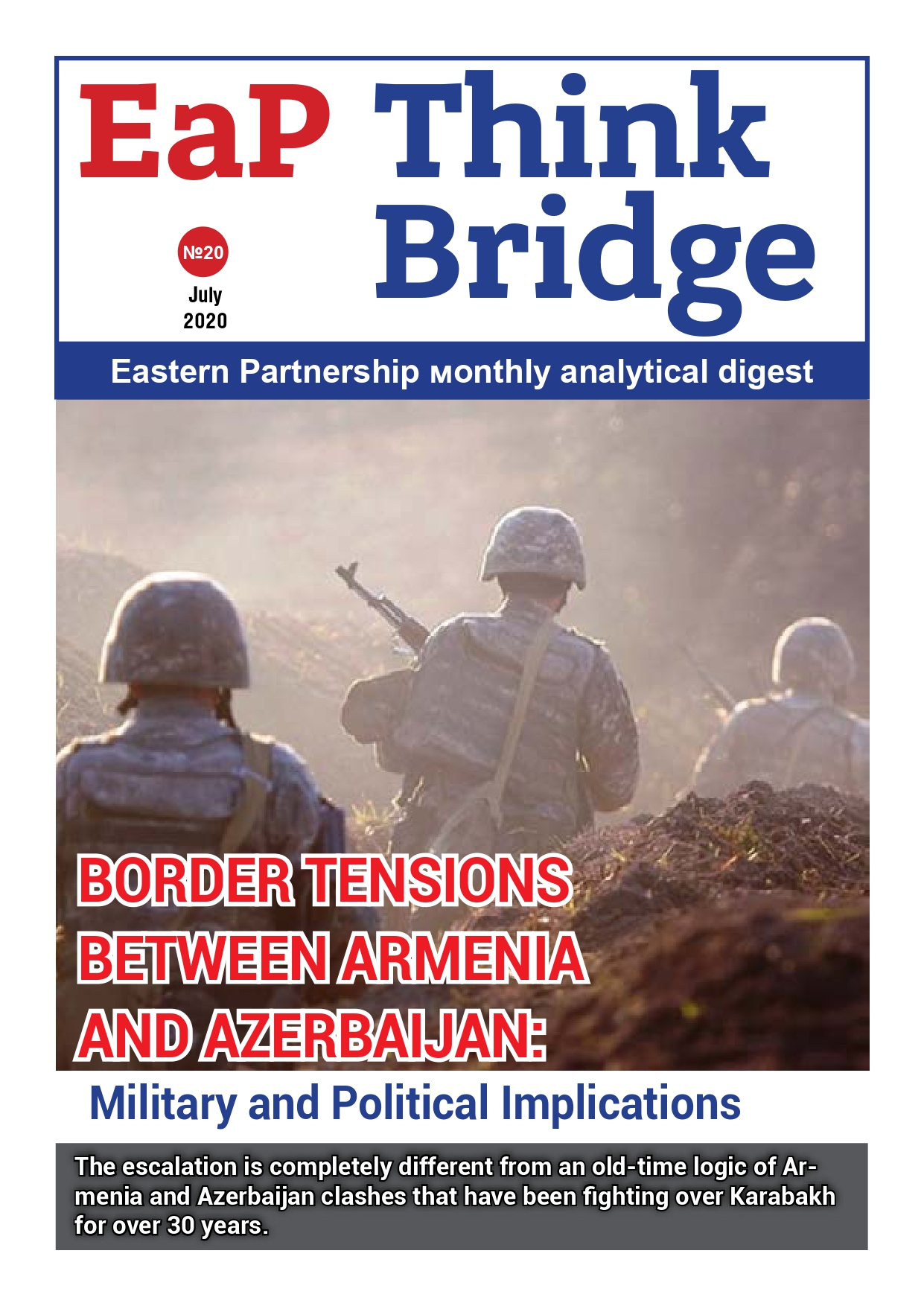For Armenia, this past year was marked by the onset of a new period of daunting challenges, changes and choices. From a serious round of fighting over Nagorno-Karabakh in April to a July hostage standoff that lasted two weeks, 2016 was a time of trouble for the Armenian government.
Domestic Policy: A Two-Week Hostage Standoff as Diagnosis for Society
After the Armenian government succeeded in an abrupt effort to amend the constitution, which was endorsed by a contested national referendum in December 2015, the country began preparation for a move to a new parliamentary form of government. This change only enhanced the significance of the coming parliamentary elections, set for April 2017, and further elevated the political posturing and pre-positioning by all political parties.
And at the same time, a recent surge in clashes over Karabakh conflict through much of last year has further exacerbated the closed nature of internal politics, which has been marked by an environment that has only forced out more moderate views in favor of a more militant stand within the domestic political spectrum.
And the closed political space only exacerbated a degree of desperation, which culminated in the seizure of a police station in the Armenian capital in July by a small, but well-armed group affiliated with a small, marginal fringe, but radical, political opposition group. In what became an intense two-weeks, the country was gripped by a standoff between police and the gunmen who initially took several policemen hostage in the assault to only then also took more hostages from a group of medical personnel who sought to aid the wounded.
While many understood, and some even supported the criminal actions of the gunmen, the episode was very much the aberration for Armenia. Regardless, the real lesson from the incident was that the simmering discontent and sense of desperate frustration within society could no longer be ignored or denied by the authorities.
Economy: Stagnation & The Cancer of Corruption
Beyond the serious implications from these political changes, the country still faced mounting challenges, ranging from continued economic stagnation and anemic growth to a serious decline in remittances. But the core challenge is more internal than external, and stems from the “cancer of corruption” that remains the fundamental obstacle to reform and development.
The imperative to address the country’s economic weakness has also forced Armenia to rely less on its membership in the Russian-led Eurasian Economic Union (EEU), which has largely failed to meet expectations for increased trade and economic gains. Instead, Armenia has looked to the West, and has successfully garnered essential financial support from the World Bank and International Monetary Fund (IMF), which extended an additional $71 million in fresh loans.
The new Western funding follows the adoption of a new Armenian state budget for 2017 that imposes sharp cuts in public spending by about $210 million. The IMF also disbursed a fresh $21.2 million installment of a $112 million lending program for Armenia that was launched in 2014, thereby raising the total amount of funding to $90 million available to date.
At the same time, this economic weakness also enhanced the necessity for Armenia to pursue a commitment to regaining and restoring its relations with the European Union (EU), with accelerated talks over a new framework agreement on relations to replace the failed Association Agreement.
Foreign Policy: Armenia in a Region at Risk
The Nagorno-Karabakh conflict has long been as essential factor of Armenian foreign policy, and presents a dynamic and direct challenge. The inherent challenge of managing a stalled peace process, coupled with ceasefire violations and border skirmishes, have only elevated and exacerbated the political significance and severity of the Karabakh issue.
In the wake of the most serious clashes since the 1994 ceasefire agreement was first reached, fighting in April 2016 not only confirmed that the “frozen” conflict over Nagorno-Karabakh had entered a new, much more serious combat phase, but also posed new risks to the delicate state of regional security and stability. Against that backdrop, Armenia faces an equally important set of choices over the country’s strategic direction of its foreign policy, defined and driven by a crisis in relations with Russia and a turn to the West.
Largely driven by the unresolved Nagorno-Karabakh conflict, Armenia’s security reliance on Russia has only deepened in recent years. Yet in 2016, the asymmetry and the limits of any demonstrable benefits from its strategic “partnership” with Russia have tended to cast fresh doubt on Armenian expectations of Russian support. And as Russia has emerged as the primary arms provider to Azerbaijan as well as Armenia, there is a belated recognition that Russian interests are not necessarily supportive of Armenia.
Although Armenia remains hostage to a wider “region at risk,” the country has largely embarked on a new course aimed at overcoming the threat of isolation. In a strategic sense, Armenia is becoming more successful in maximizing its strategic options, and is now beginning to challenge the dangers of its over-reliance on Russia as its primary security patron and partner.
Moreover, as Armenia’s “strategic partnership” with Russia has become steadily one-sided, Yerevan has begun to finally see that although close relations with Russia are essential over the longer term, the imperative is now to maximize its options and garner dividends from a more concerted embrace of the West. Thus, although Armenia has yet to graduate from this “region at risk,” the deeper trends clearly suggest a more prudent policy aimed at finally overcoming Armenia’s isolation and building a new degree of stability and security.



